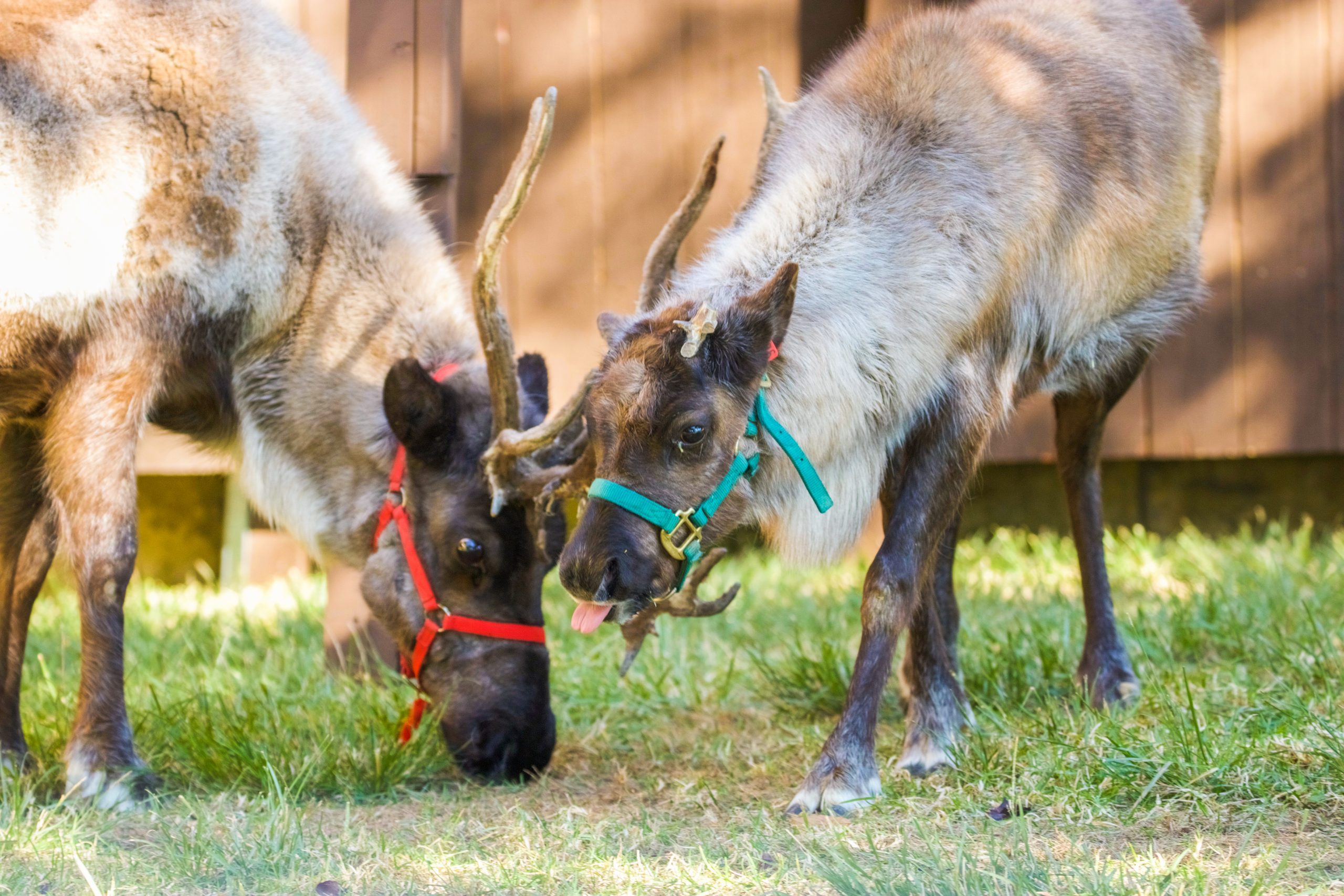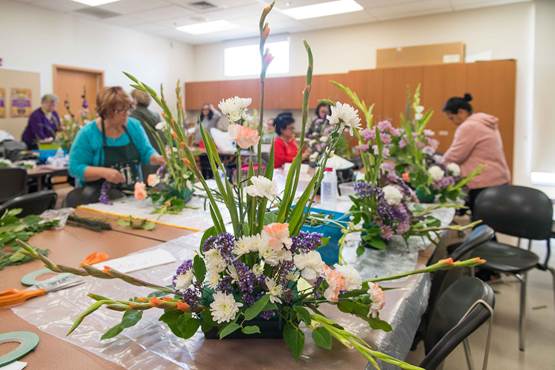FYI
Zoo officials say you can help protect reindeer by getting creative with concealing presents this year: Use recycled wrapping paper, cloth bags, newspaper or cookie tins instead of buying new gift wrap. Reducing the demand for paper saves old-growth forest habitats in reindeer and caribou territory, which is the only source of food for most animals that overwinter in the north.
By Wendy Campbell
Contributed
In keeping with the holiday season, two female reindeer will be on view at the Santa Barbara Zoo from mid-November through Jan. 1. Cookie and Peppermint will live temporarily near the zoo’s hilltop.
Reindeer and caribou are well-suited for harsh winters; they have two “toes” on each foot, which spread out and act like snowshoes to keep them from sinking into snow, soft ice, and wetlands. Rear “dew claws” add traction and help keep animals from slipping when they run. The undersides of their hooves are hollow, allowing the animals to dig through snow in search of food.
Listen carefully when the reindeer walk to hear a “click, click, click.” It’s not their hooves, but a tendon that snaps over their ankles. The sound may help keep the herd together in blinding snowstorms.
Reindeer are the only deer species in which both males and females sport antlers. People sometimes call antlers “horns,” but the two are very different. Horns are made of protein, like fingernails and hair, and don’t ever shed. Antlers are made of bone, and are an extension of an animal’s skull. Antlers also are shed every year.
Have you ever wondered what the difference is between reindeer and caribou? The two are actually subspecies of the same species, and location also defines them. Caribou are wild reindeer that live only in North America and Greenland. Reindeer refers to wild populations in Europe and Asia, and to all of the species in human care worldwide.
Cookie and Peppermint are on loan from Windswept Ranch in the foothills above Antelope Valley near Tehachapi, California. The facility is home to a collection of animals including camels, llamas, zebra, alpacas, sheep, goats, horses, deer and reindeer. Many of the animals have been rescued or rehabilitated. For more information, visit the Windswept Ranch website at www.capettingzoo.com.






